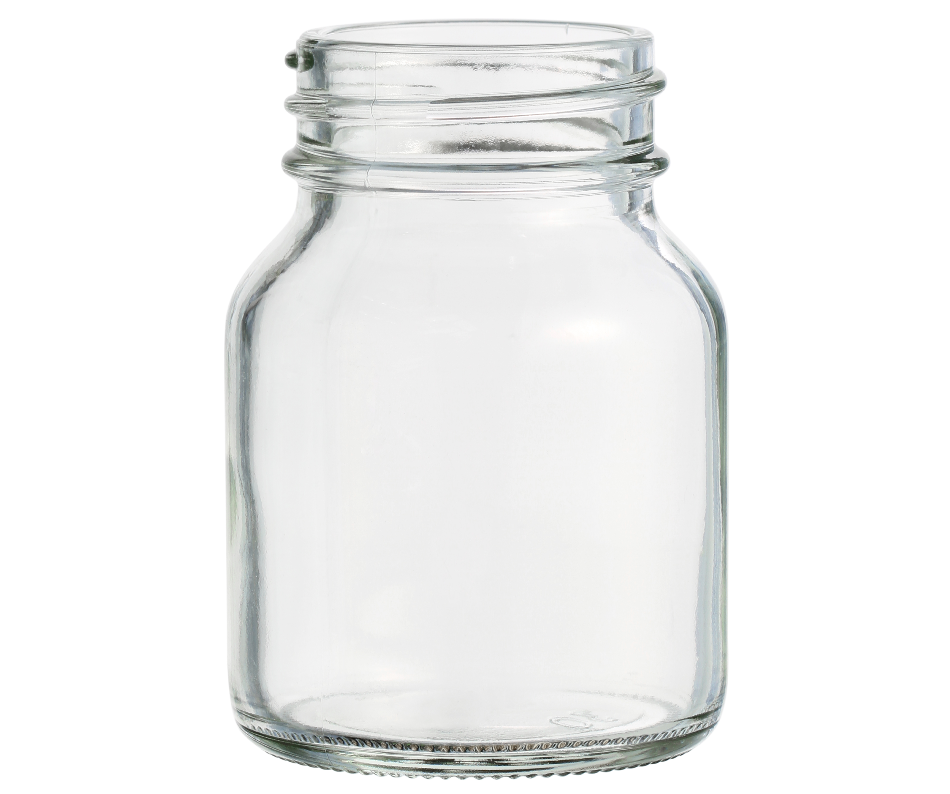Jan 16 2003

Winai Tepsuttinum / Shutterstock
The advanced techniques of surface chemical characterization play a crucial role in the study and development of pharmaceutical products. The two most significant surface analysis methods are time-of-flight secondary ion mass spectrometry (ToF-SIMS) and X-ray photoelectron spectroscopy (XPS).
These methods include the following features:
X-Ray Photoelectron Spectroscopy (XPS)
- Quantitative analysis
- Chemical and elemental state information
Time of Flight Secondary Ion Mass Spectroscopy (ToF-SIMS)
- Imaging with a high spatial resolution (< 200 nm)
- Extremely sensitive (trace detection limits)
- In-depth and highly specific chemical data (elements, molecules, polymer structures, and chemical groups)
Case Study: Product/Packaging Interactions in the Pharmaceuticals Industry
Product/package interactions are considered the most critical in pharmaceutical production. The effective dose is adjusted positively or negatively based on the interaction of the packaging wall with the active substance and/or the carrier. Species associated with the packaging material can also considerably contaminate the product.
The subsequent information reveals how XPS was utilized to determine the surface composition of a glass bottle used for drug storage. It also reveals how the surface composition can differ across the internal surface, which remains in contact with the product (in addition to varying from bottle to bottle).
In situations where there is a high affinity of the active substance for the package wall, even slight changes in the composition of the wall surface can have a major impact on the efficient concentration of the active substance.
Table 1. Variations in the composition of a glass container used for drug storage (in atomic %), determined by x-ray photoelectron spectroscopy (XPS). Source: CERAM
| Element |
Neck |
Base |
Side Wall |
| Silicon |
21.8 |
23.2 |
24.9 |
| Oxygen |
49.4 |
52.7 |
55.4 |
| Carbon |
19.3 |
13.3 |
8.6 |
| Sodium |
3.6 |
3.9 |
4.5 |
| Aluminium |
2.1 |
2.1 |
2.2 |
| Boron |
2.8 |
3.5 |
3.8 |
| Nitrogen |
0.3 |
0.3 |
Not detected |
| Calcium |
0.3 |
0.2 |
0.2 |
| Potassium |
0.6 |
0.8 |
0.5 |